Some trees are more trouble than they’re worth. Before you head to a nursery, see our slideshow
1. Silver maple (Acer saccharinum)
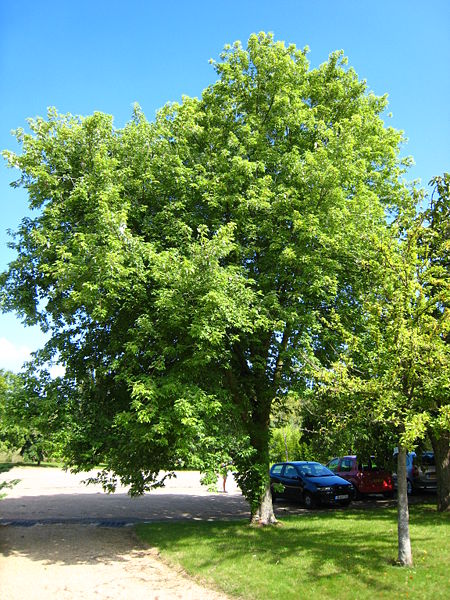
Large and fast-growing, silver pine is prevalent in eastern states and the Midwest. Unfortunately, the speed at which the tree develops makes for weak, brittle wood which can break during intense storms. The shallow root system invades sewage pipes and drain fields, and is notorious for cracking driveways and walkways.
2. Ash (Fraxinus)

Native to North America, this renowned shade tree generates prized furniture-making wood. It also produces pollen and plenty of fruit that will drive you, nuts whenever you have to wash up it in the fall. It’s true black side, however, is the fact that it secretes growth-inhibiting radicals which kill neighboring plants, wreaking havoc on flower beds and vegetable gardens.
3. Quaking Aspen (Populus tremuloides)
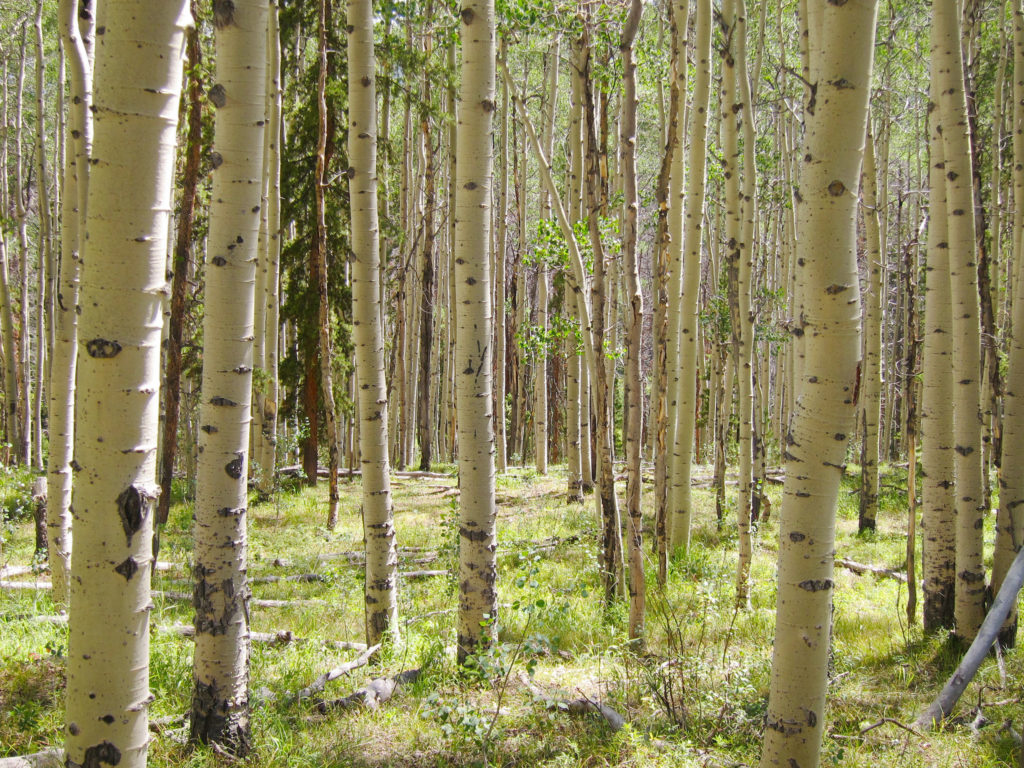
The Aspen can be found in northern climates and higher elevations. Its white bark and lightly vibrating leaves are appealing, but its origin process is insidious, sending up heaps of suckers that relentlessly try to turn into new trees. Once established, it is warfare. In reality, the largest living organism in the world is a Colorado aspen root system named Pando. It weighs 6,600 lots and is supposed to be 80,000 years old. Good luck digging that out!
4. Lombardy Poplar (P. nigra ‘Italica’)

The Lombardy poplar was a favorite landscaping tree known for its rapid expansion (up to 6 feet a year) and identifying columnar form. However, they’re prone to a range of diseases and germs which turn them into problematic eyesores, and their operating roots are invasive and difficult to eradicate.
5. Willow (Salix)
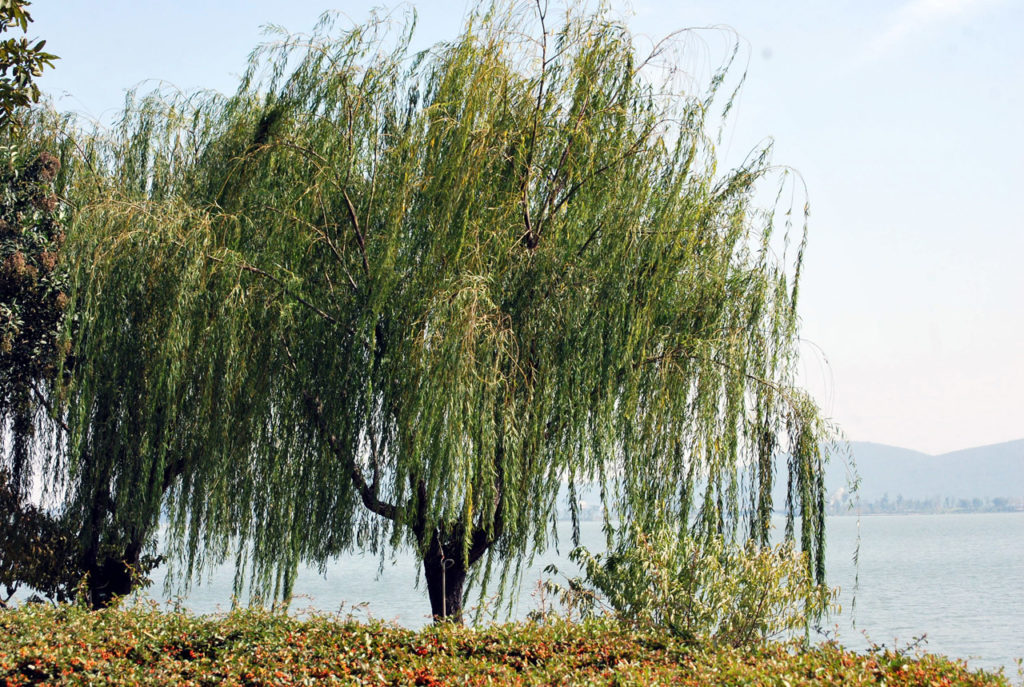
With its long, slender branches that hang like Rapunzel’s tresses, the willow is among the most familiar of all trees. Beautiful on the surface, yes, however, the willow has an aggressive, water-hungry root system that terrorizes drain areas, sewer lines, and irrigation pipes. The wood is weak and vulnerable to breaking, and the shrub is comparatively short-lived, lasting only around 30 years.
6. Eucalyptus
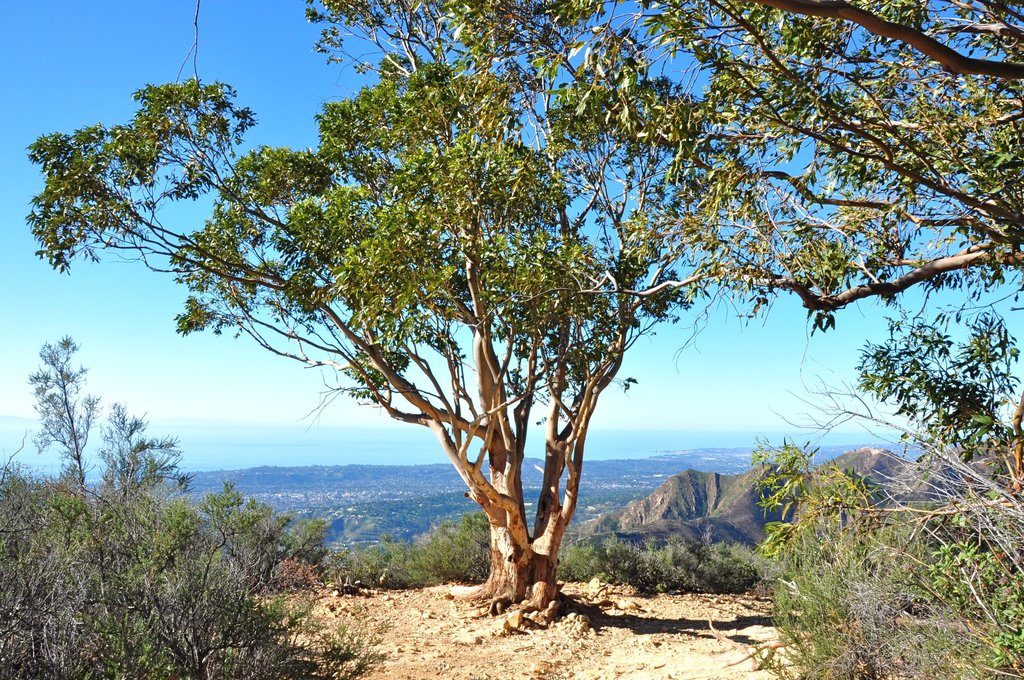
Imported from Australia and famous for their rapid expansion — some varieties will shoot up 10 feet at a year — that the eucalyptus has a bad rap for suddenly and unexpectedly dropping large, heavy, resin-filled branches. In some areas of Australia, campers are warned not to pitch tents under eucalyptus trees. Its showy bark peels off annually and adds to seasonal maintenance chores.
7. Bradford pear (Pyrus Calleryana)
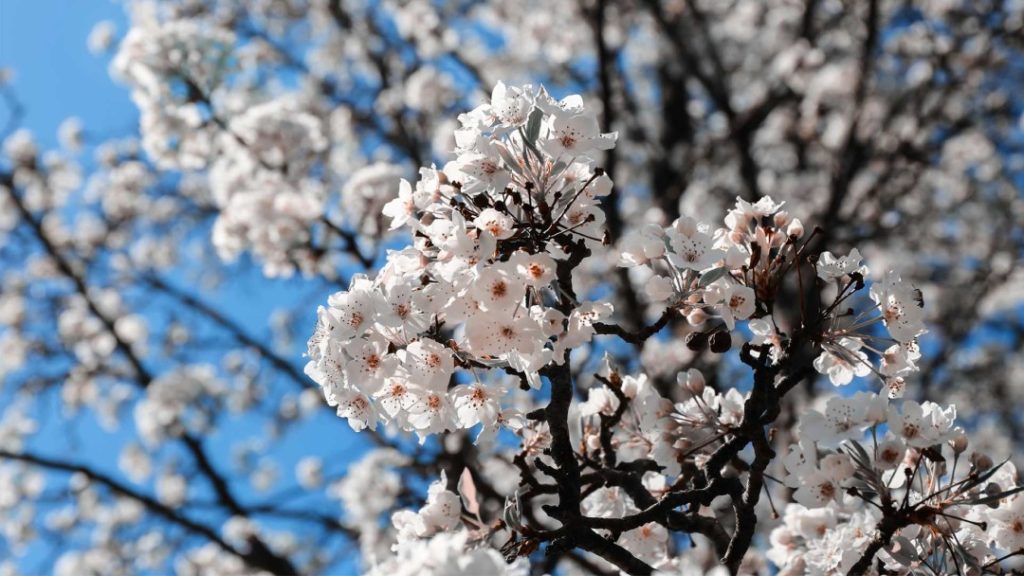
With its compact shape and profusion of spring blossoms, the Bradford pear turned into a suburban favorite — until individuals realized it was exceptionally prone to breaking and splitting as it reached adulthood. And these blooms? They are on the side of this odor scale.
At Grade-A Tree Care, we love to help our customers maintain strong, healthy trees.
Not only do they look better and offer the best enjoyment for home and property owners, they also provide the most benefit for the environment. It’s the best for everyone involved! So, if you have questions about your trees and how to give them the top-level of care—which can include our trimming services—don’t hesitate to contact us. We’ll always do our best to provide you with the answers you need and help you achieve the results you want.
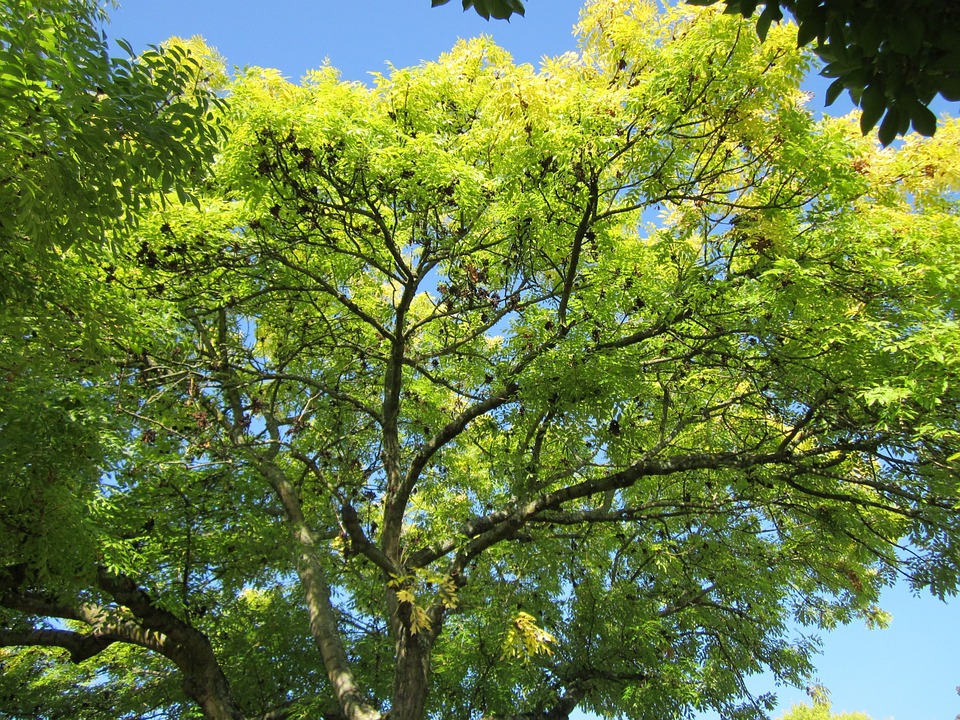
Recent Comments